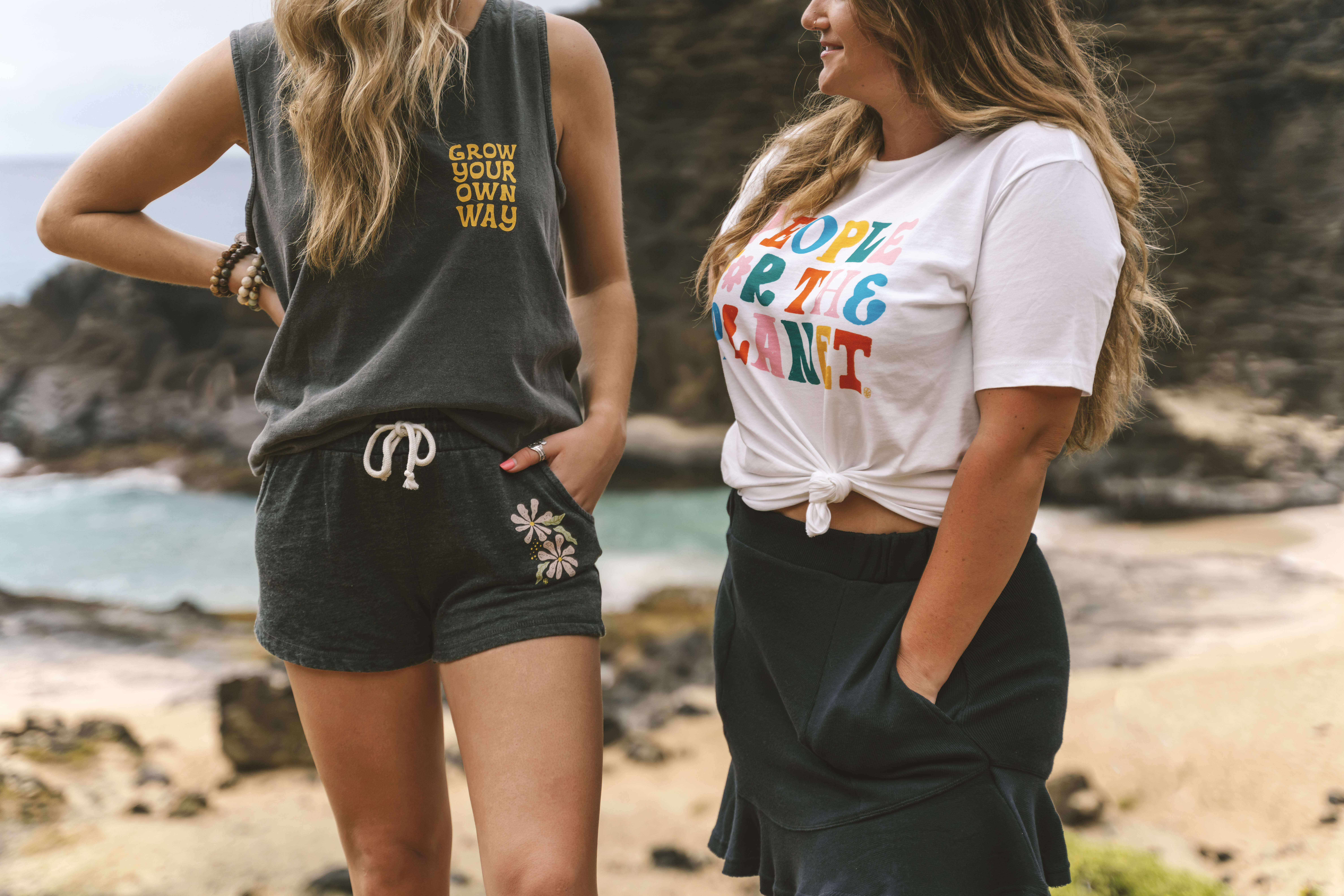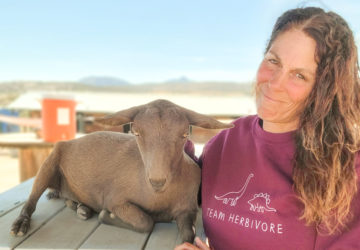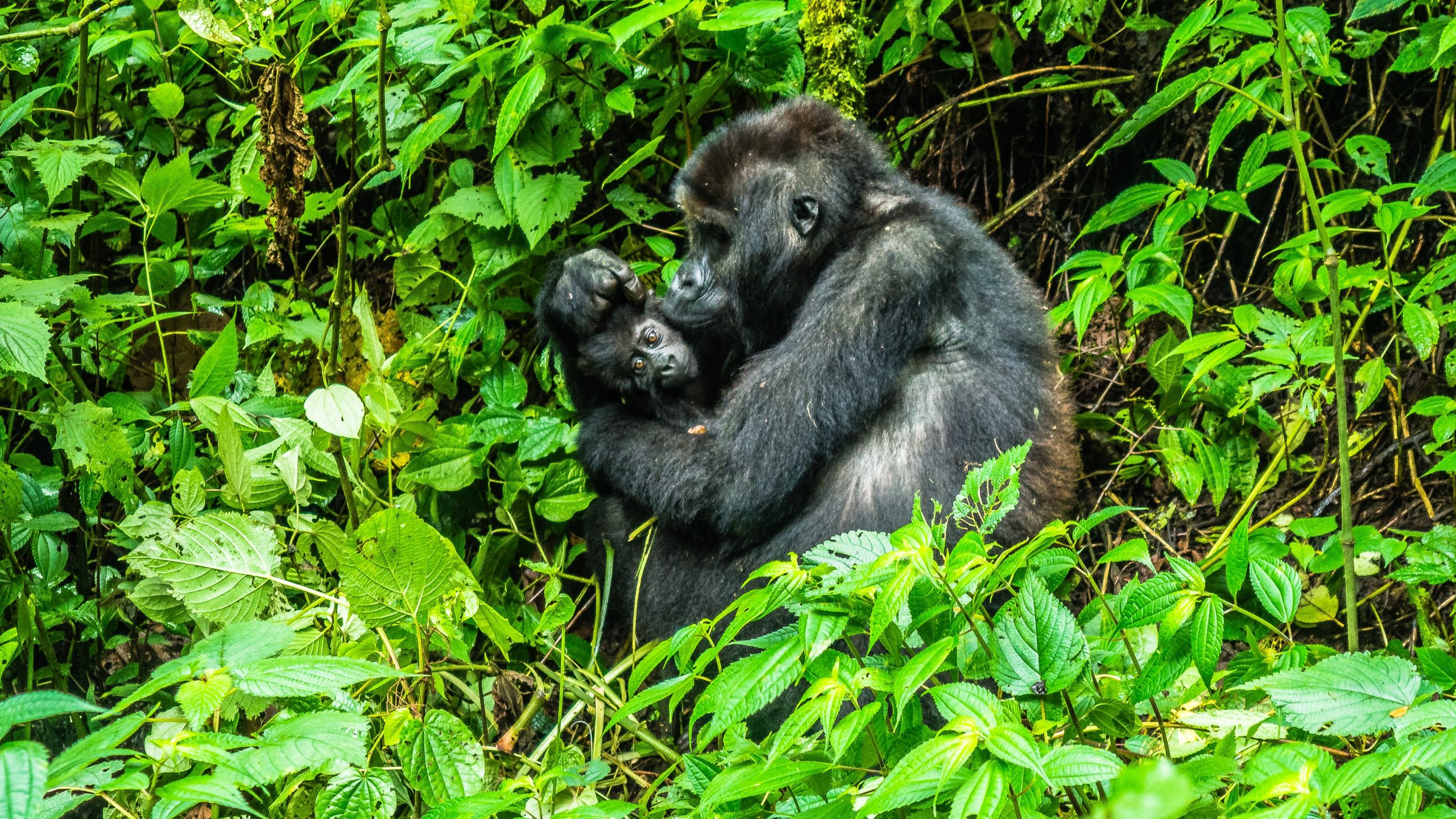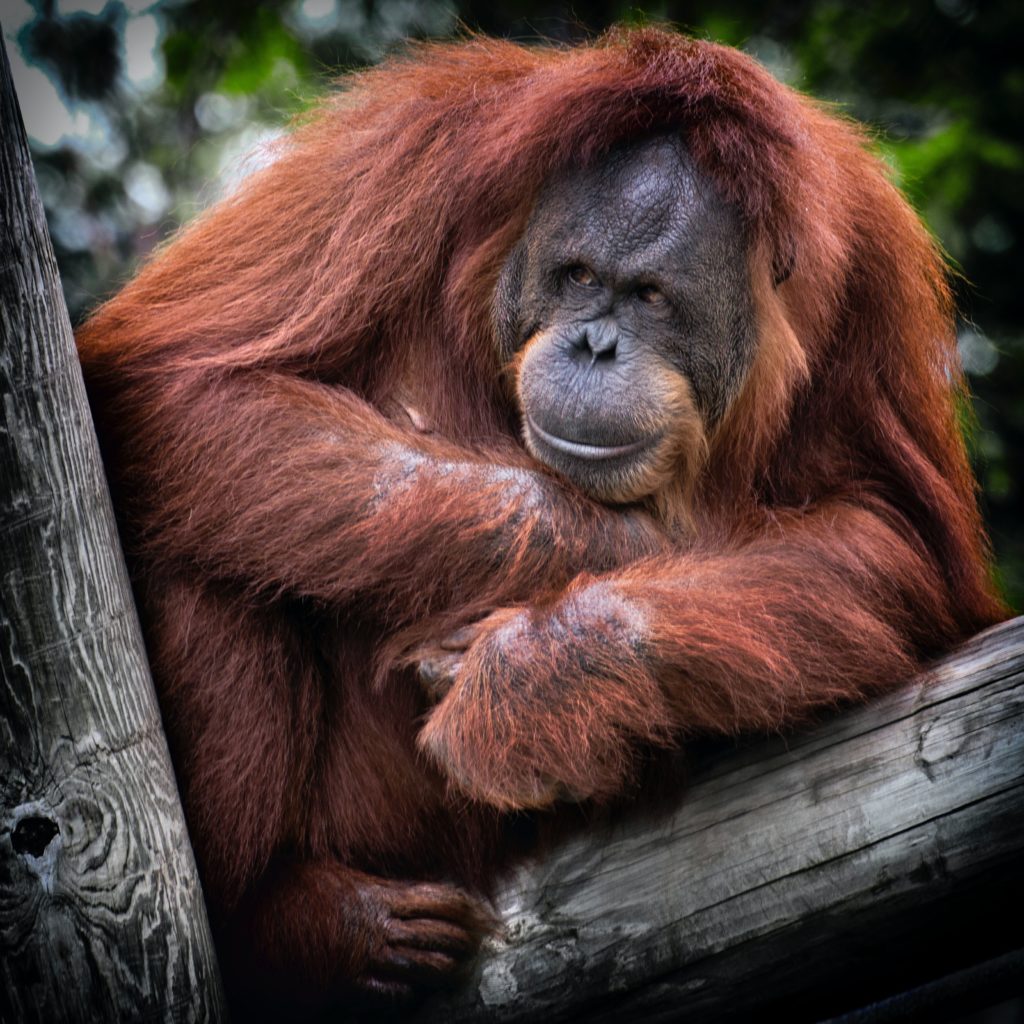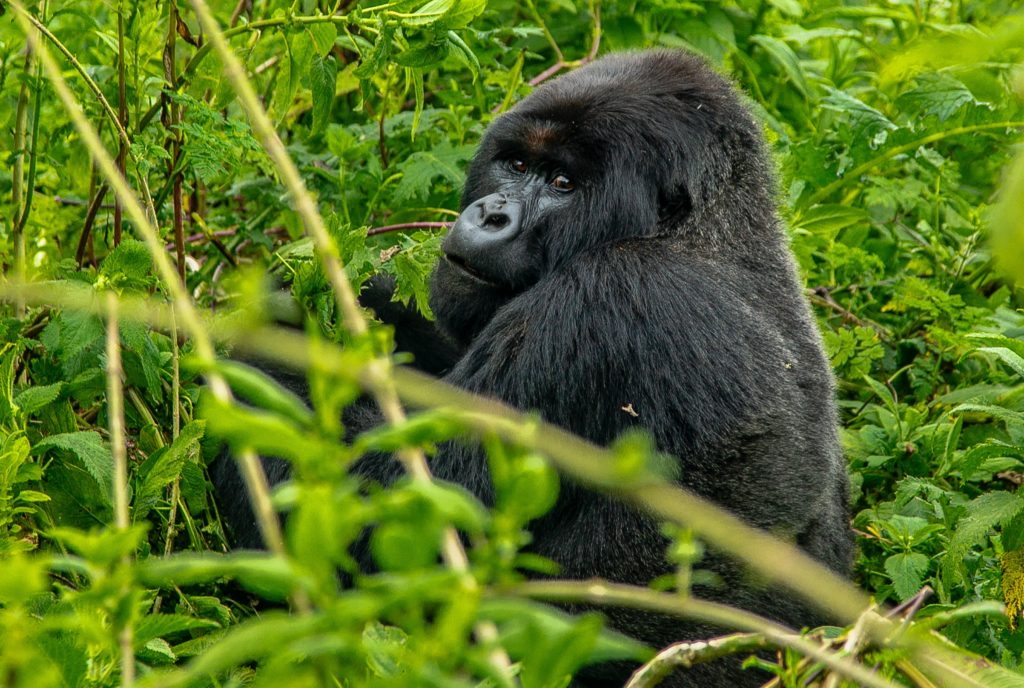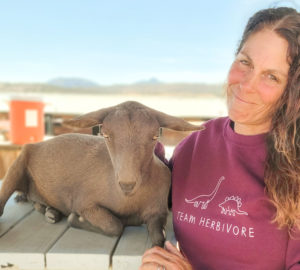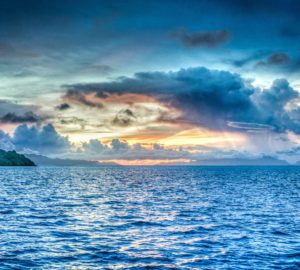From vaquitas to gorillas: How you can help endangered animals right now
We’re huge animal-lovers here at Wholesome Culture, and if you’re reading this, chances are, you are too! Which is one of the many reasons why it makes us incredibly sad to see so many endangered animals at risk of extinction — including vaquitas, gorillas, tigers, and turtles. (And that’s just to name a few.) In fact, more than 32,000 species are threatened with extinction, according to the IUCN Red List of Threatened Species.
It’s not only that these endangered animals are worthy of existing exactly as they are, but they also help support eco-systems on this interconnected, biodiverse planet. We need them.
But how exactly can we help Black Rhinos in Africa? And the Sunda Tiger in Indonesia? How do our actions have an impact on animals in completely different parts of the world? The first step is to give more attention to what we can do — not what we can’t do. And that starts with educating ourselves about how animals become endangered in the first place.
How do animals become endangered?
Species become endangered, for two main reasons, according to National Geographic: a loss of habitat and a loss of genetic diversity.
The WWF states, “habitat loss is probably the greatest threat to the variety of life on this planet today.”
Sources of habitat loss range from human activity (think: development for housing + agriculture) and natural changes like the asteroids that eventually eliminated dinosaurs millions of years ago.
Unfortunately, whether the habitat is lost naturally or from the construction of strip malls — animals suffer intensely. We saw, and continue to see, the devastating impact of deforestation in the Amazon rainforest. (Read more on that, here.) And then there’s also the smooth handfish which went extinct this year likely due to climate change, trawl fishing, and pollution. It’s no surprise that when animals don’t have a place to go, it results in an inevitable loss of life.
Like habitat destruction, a loss of genetic diversity can also occur naturally and by human activity, such as overfishing and overhunting. When a species is hunted to extinction, things like inbreeding and shrinking genetic variation occur. This impacts both the species in question and its predators, and ultimately, the whole food chain.
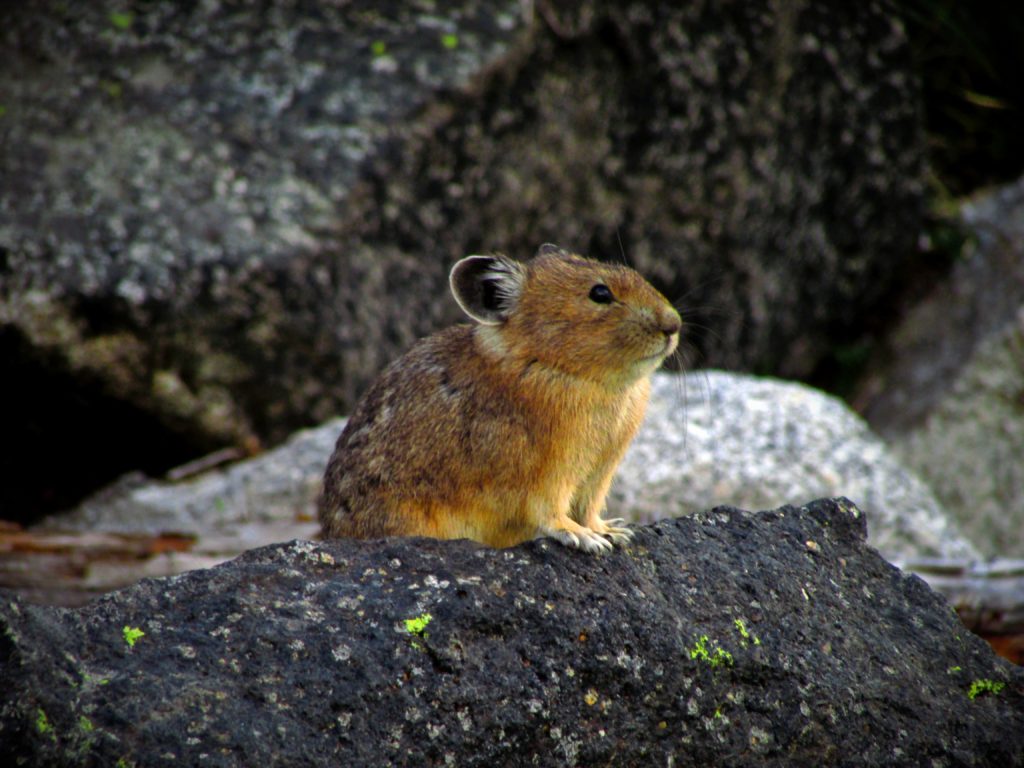
And, of course, climate change is also a major threat. Take the American pika. While these small, squirrel-meets-mouse creatures are not federally listed in the Endangered Species Act, they’re suffering because of higher temps in their western mountain homes. Since they like to live in moist and cool environments, they go to high spots on mountains. This makes them incredibly vulnerable to predators/pests, weather events, and vegetation changes. It’s a dangerous cycle that’s happening to different animals all over the planet.
Other reasons animals often become endangered include:
- Pollution
- Illegal wildlife trade
- Disease
- Low birth rate
- Invasive species
What species are at risk of extinction?
Of the 32,000 species that are threatened with extinction, 41% are amphibians, 34% are conifers (cone-bearing seed plants), and 26% are mammals.
Here’s a look at some of the mammals on the critically endangered list:
- Black Rhino: Black rhinos can be distinguished by their hooked upper lip. They started to decline in the 20th century — dropping to less than 2,500 at one point. Luckily, they’ve made an incredible comeback in the past 20 years. But still, a lot of work remains to get their numbers to what they once were.
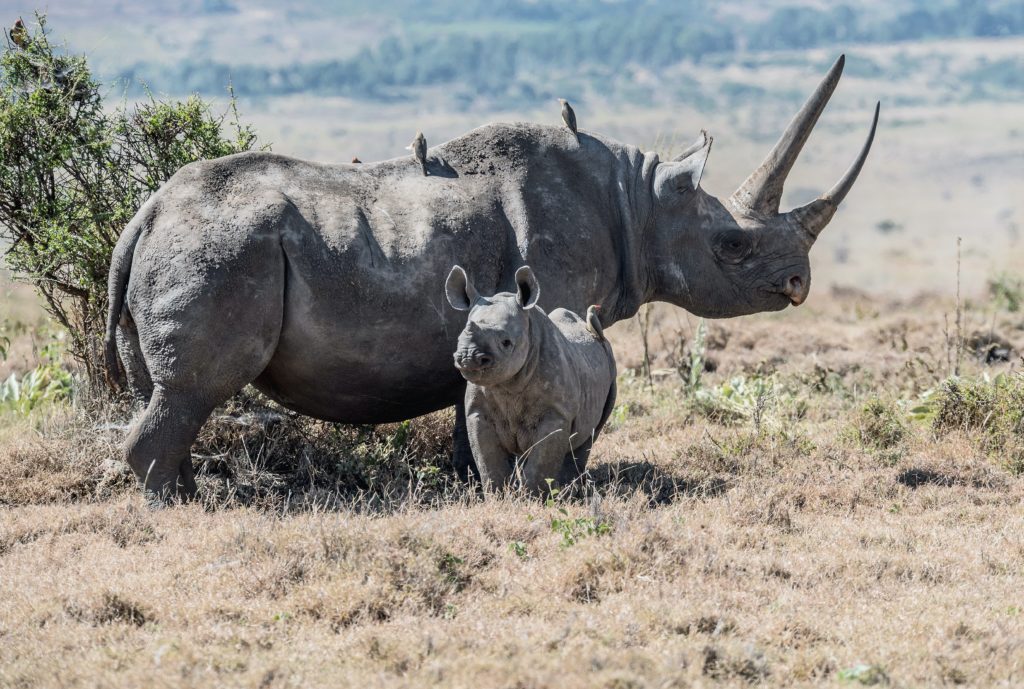
- Sumatran Orangutan: Living among the trees, Sumatran Orangutans pretty much never travel on the ground. And with fewer than 14,000 remaining in the wild, these fascinating creatures have been endangered for years due to illegal hunting and loss of habitat.
- Vaquita: The world’s rarest marine mammal — only 18 vaquitas are estimated to be in the wild right now. Devastatingly, the main threat to these small porpoises is death by drowning in fishing gear.
- Eastern Gorilla: Also known as Grauer’s gorilla — the Eastern gorilla is the largest of the four gorilla subspecies. Sadly, scientists estimate they have declined by more than 50% since the mid-1990s due to loss of habitat, civil unrest, and poaching.
- Saola: Commercial poaching is the primary threat to the Saola, also called the Asian Unicorn. They’re incredibly rare mammals found mostly in Vietnam and Laos.
For a comprehensive list of all the animals listed as critically endangered: go here.
How you can help endangered animals
On top of staying educated, there are many things we can all do to help endangered animals both near and far.
- Plant native: Take some time to figure out what grows natively in your area, so you can best provide for all the beings in your neighborhood. Native plants are also generally easier to maintain, which is an added perk! A good place to learn more about native plants in your area is at plantsocieties.org
- Avoid pesticides & make your own spray instead: Pesticides harm so many creatures– including birds, fish, and deer. This is obviously a problem for the animals themselves, and also plants, nature, and humans because we depend on thriving eco-systems. Keep your garden pesticide-free and make a homemade garlic spray like this one, here.
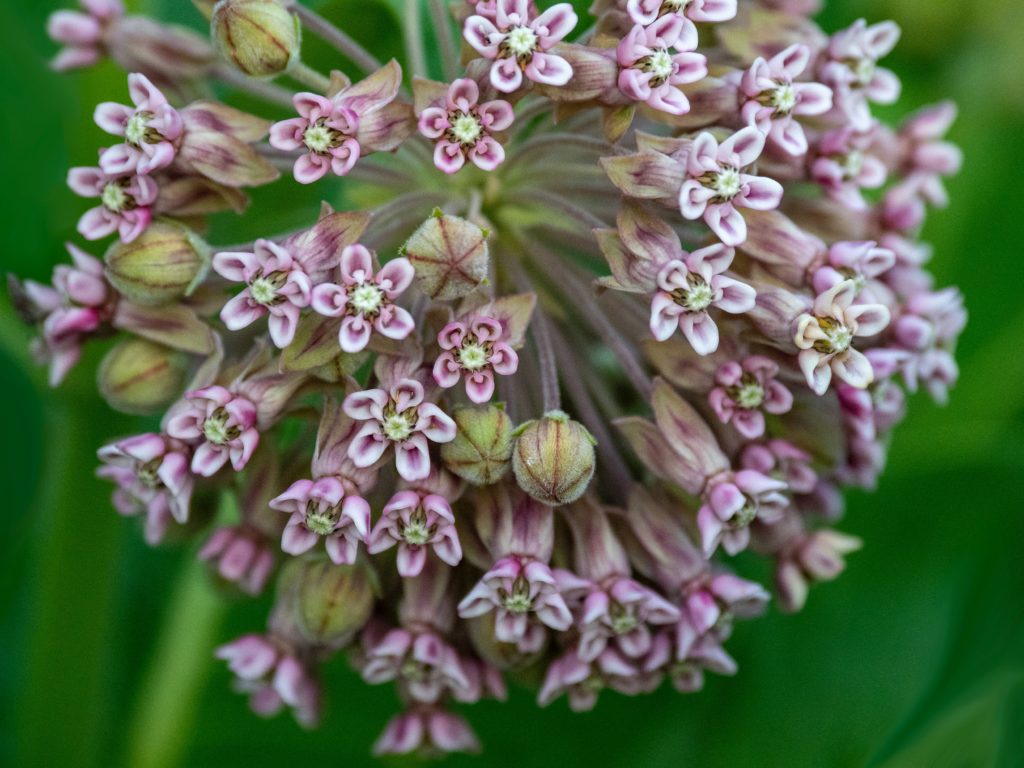
Milkweed - Stay up to date on what’s going on in your own backyard: Focus on actions you can take specifically for the needs of your neighborhood. For example, if butterflies are common in your area, consider planting native milkweed or building a birdbath for thirsty pollinators. Every little bit helps!
- Reduce your carbon footprint: Strive to live in harmony with Mother Earth — whether that’s reducing your water usage or embracing more reusable products — or both!
- Protect and respect wildlife habitat: No matter if you’re in your backyard or on vacay in a different country, it’s important to make sure you’re not causing unintentional damage. That means, stay on the trail when hiking, follow local rules, and live by the seven “leave no trace” principles.
- Shop mindfully: Choose your products with care. Stay away from supporting the market in illegal wildlife like tortoise shells, coral, and pangolin scales.
- Spread the word: We’re believers that people will feel more compelled to change their actions to help animals when they realize how amazing they are (and how important they are for our own needs). Use your voice to let people know how special these beings are in whatever way speaks to you. Draw pictures of Saolas, share images of gorillas on social media, or simply talk about vaquitas with friends. Speak up!

